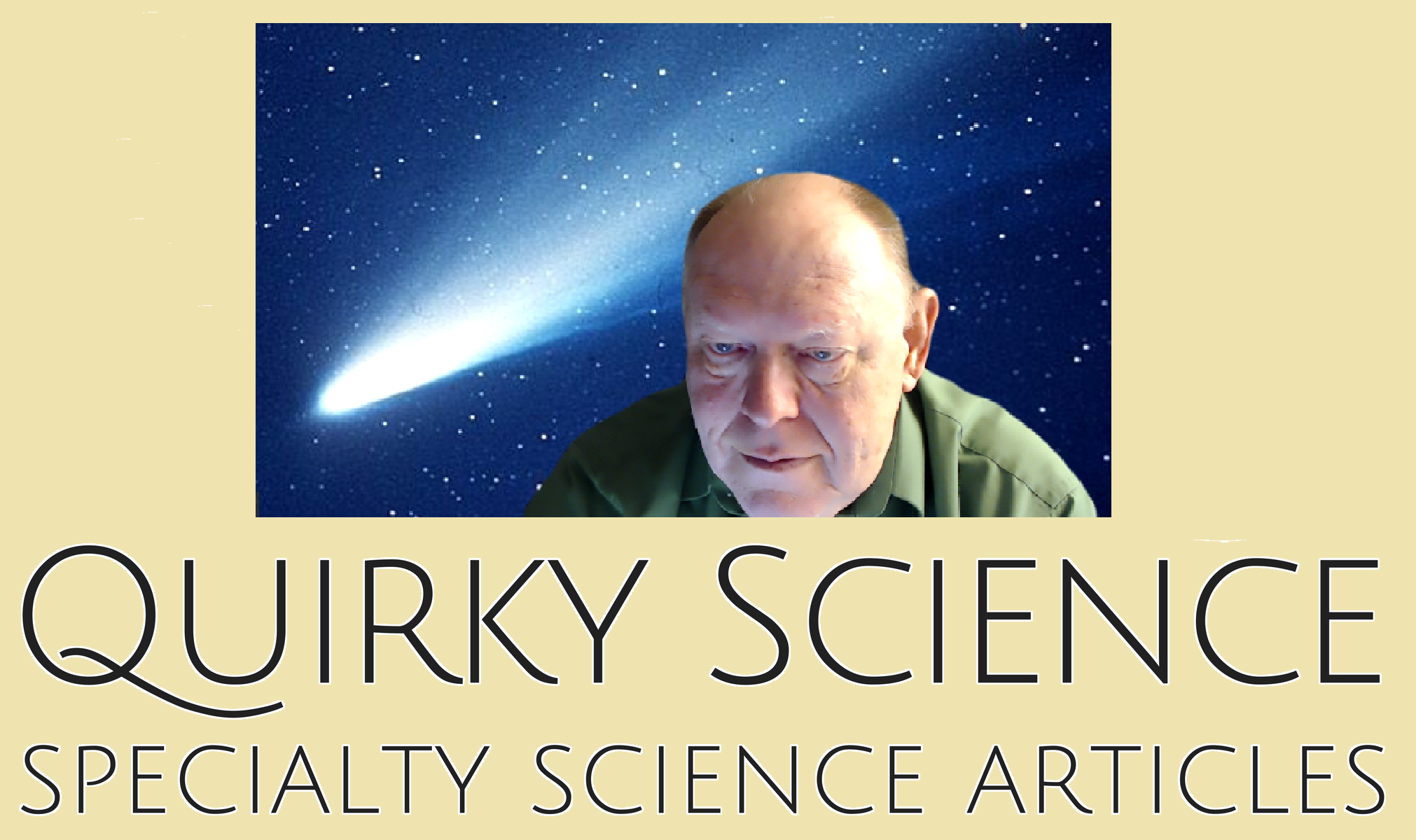Control Language and You Control the Masses
[caption id="attachment_3361" align="alignright" width="480"] George Orwell & 1984[/caption] Control language. Control the truth. The famous book entitled 1984 gave birth to the expression “Big Brother is Watching.” What that means is, government is watching you as a citizen. It has the goal of catching you engaging in or fomenting some action it labels seditious. More than a saying, the quote sums up the fearful premise assumed by the more paranoid segment of Society. They fear their freedom to do whatever they may wish may be at risk. However, is the idea without merit? Consider the following premise1 that might add to the aura of a government run amok. Consider the possibility of absolute control of the spoken and written word. Control language and you control the masses! Language and Lingo…
